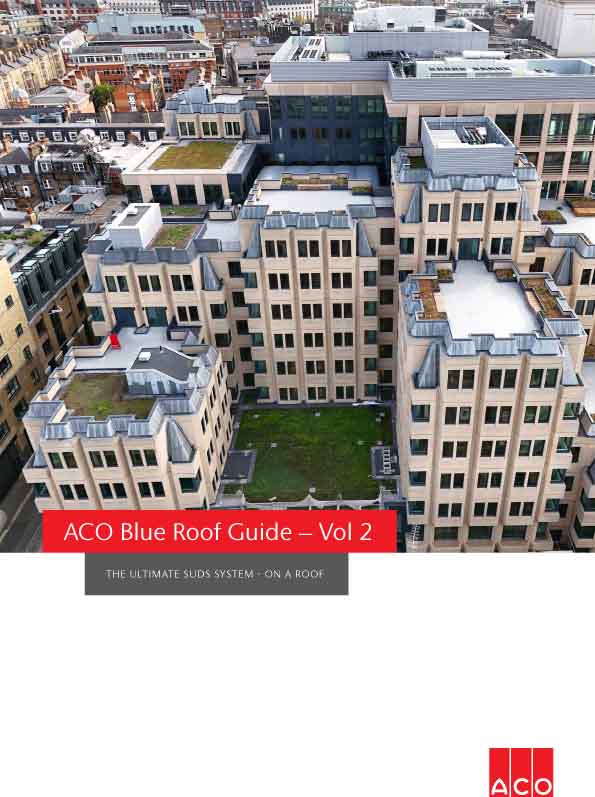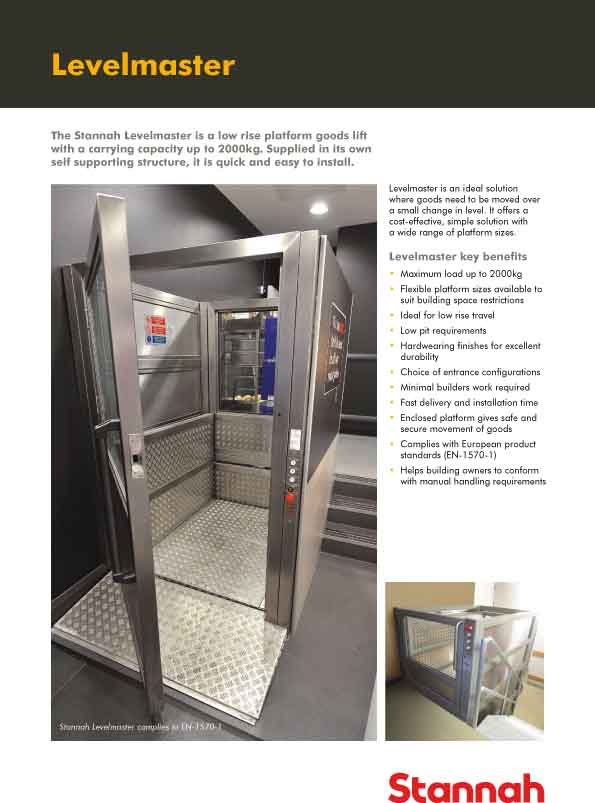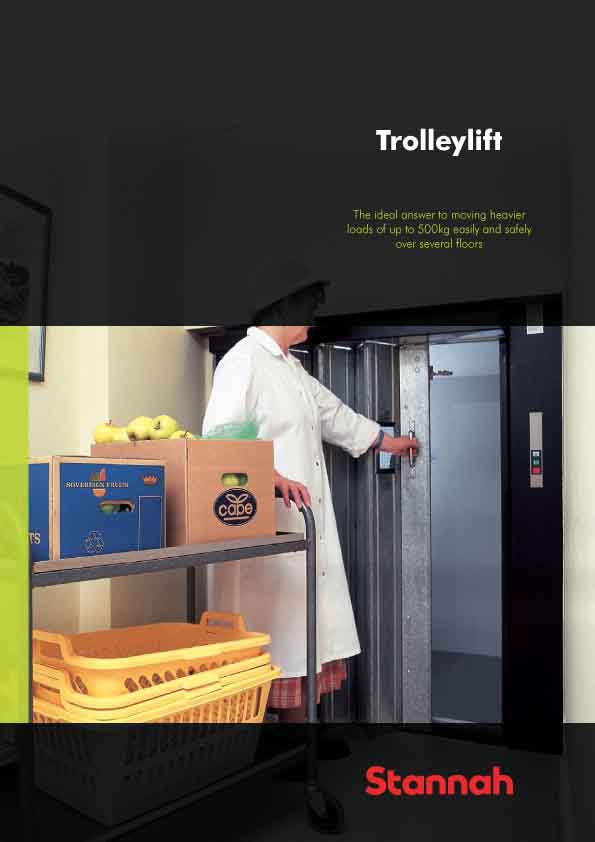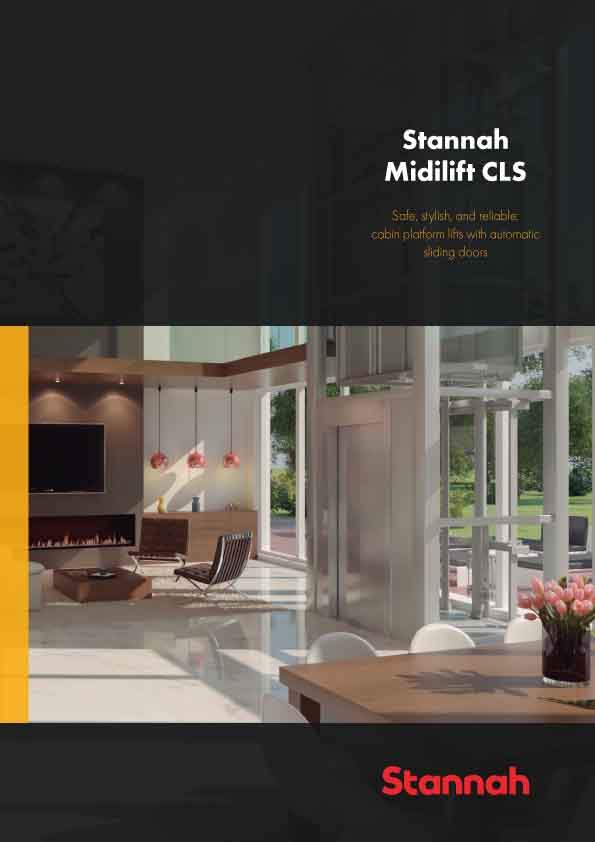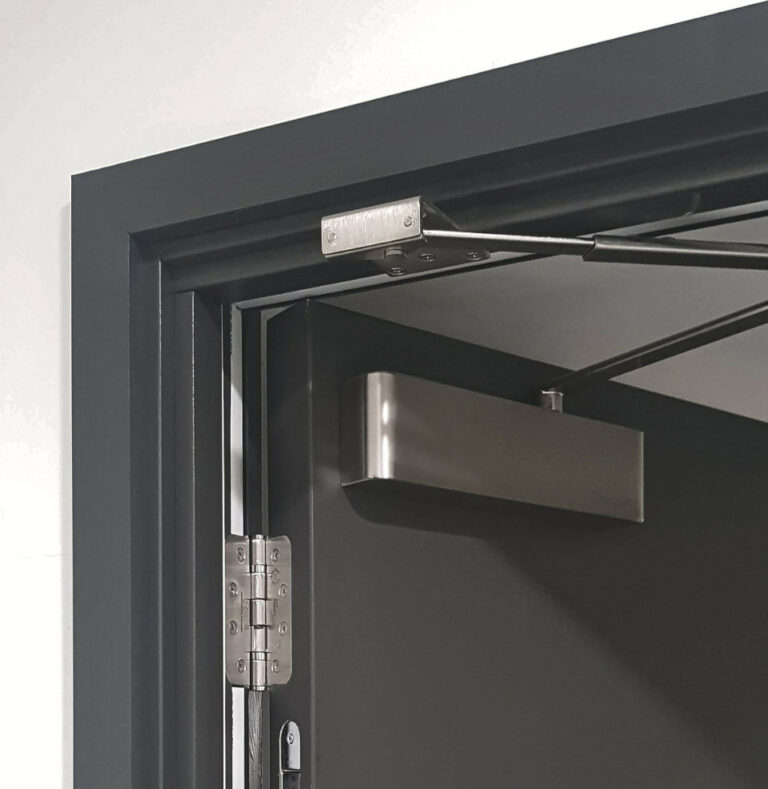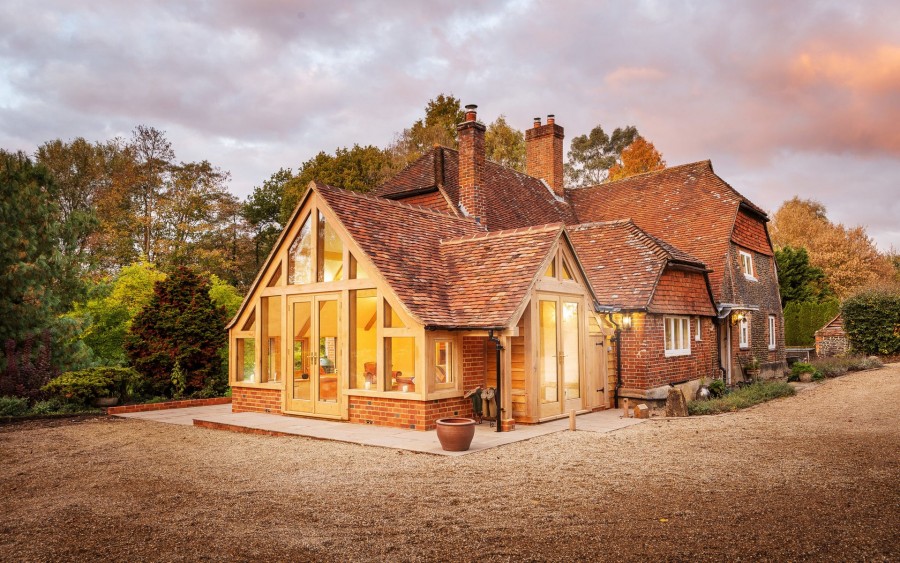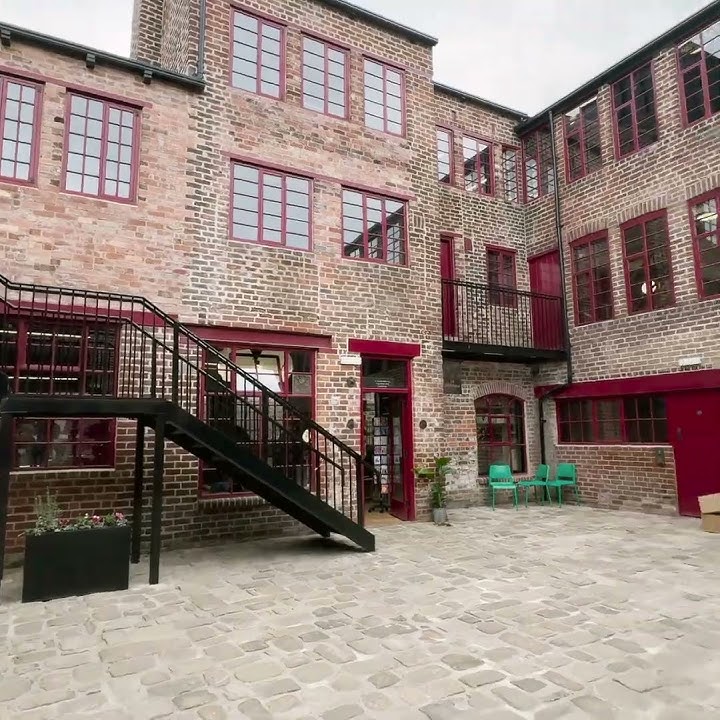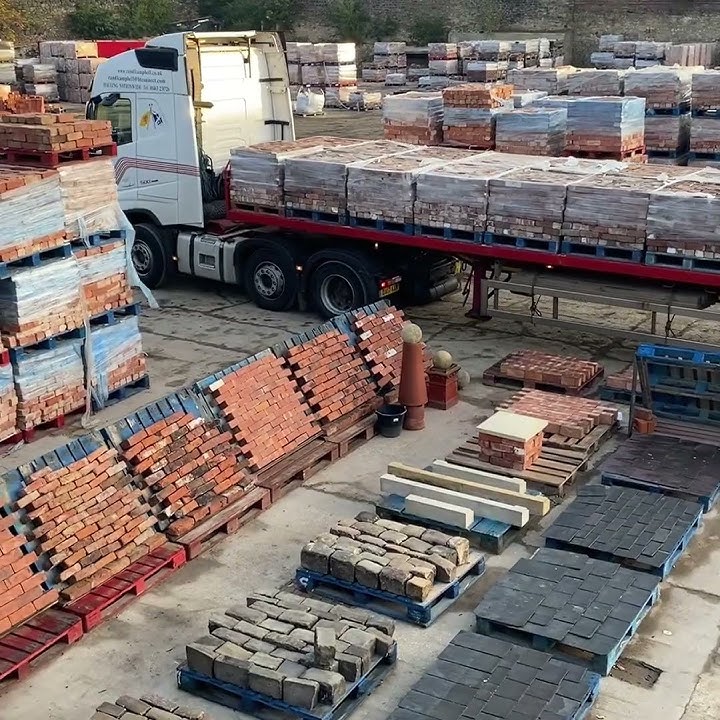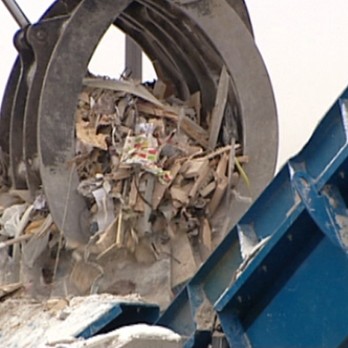
BSI, the business standards company, has launched a new standard that can help reduce waste in the early stages of building or refurbishment projects.
BS 8895-1 Designing for material efficiency in building projects – Part 1: Code of Practice, is part 1 of 3 documents that will enable designers, architectural teams, contractors and clients to make their building projects more materially efficient.
It is linked to the RIBA Plan of Work parts A (appraisal) and B (design brief) which make up the preparative stages of a build.
The standard is intended to allow teams to consider the materials that they use, factoring in high recyclability, designing out waste and implementing recycling strategies before any work is undertaken. BS 8895-1 offers guidance on what is required at both part A and B stages of the RIBA Plan of Work. It states that the emphasis should be on identifying client aspirations and objectives on material efficiency for part A and identifying performance indicators and targets for part B.
Minimizing build time and project costs through intelligent material waste reduction is a key issue for building projects. Material efficiency needs and waste reduction measures that are identified after strategies are set in place are very hard to deal with retrospectively - this is where BS 8895-1’s preventative approach to designing out waste can help. An online BSI survey revealed that 74% of respondents identified the design stage as one of the key phases in a project where waste reduction is considered, and underlines the importance of having a standard that targets this point in a project.
Key features of the standard are:
- A consistent and qualified approach for designing for material efficiency
- Integration of principles of designing out waste at early stages and communicating them in a formal and referenced manner
- Complements guides such as those produced by WRAP (Waste Resource Action Programme)
- The committee involved in the development BS 8895-1 includes organizations such as Constructing Excellence, Loughborough University, Network Rail, Royal Institute of British Architects, Strategic Forum Waste Sub-group and the Waste and Resources Action Programme.
The designing for material efficiency process works by using an identify, investigate and implement system. This should be done throughout the different stages of the project commencing as early as possible. It will have greater emphasis at different stages depending on the level of design activity at the time. For example during:
- Early stages of Strategic Definition, Preparation and Brief, and Concept and Developed Design, the emphasis should be on ‘Identify’
- At Developed Design stage, the emphasis should be on ‘Investigate’
- At Technical Design stage, the emphasis should be on ‘Implement’.
Mohamed Osmani Chairman of the General Building Codes committee at BSI and Senior Lecturer in Architecture and Sustainable Construction at Loughborough University said: “BS 8895 responds to the recognition of the impact of designing in material efficiency and designing out waste on the overall sustainable performance of buildings as espoused in recent research and government guidance documents, and supported by designers’ call for associated guidance and codes of practice.”










